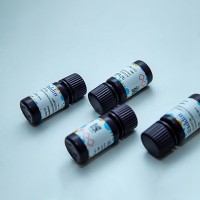Direct Cloning of Full-Length Cell Differentially Expressed Genes by Multiple Rounds of Subtractive Hybridization Based on Long-Distance PCR and Magne
互联网
互联网
相关产品推荐

Hemagglutinin/HA重组蛋白|Recombinant H1N1 (A/California/04/2009) HA-specific B cell probe (His Tag)
¥2570

Hemagglutinin/HA重组蛋白|Recombinant H3N2 (A/Switzerland/9715293/2013) HA0 Protein (full length)
¥1790

Furin human,重组, ≥95%(SDS-PAGE), expressed in HEK 293 cells,阿拉丁
¥5110.90

Multiplex PCR MasterMix,UNG,阿拉丁
¥1197.90

DAR-4M,A rhodamine-based photo-stable nitric oxide (NO) fluorescent indicator with a detection limit of ~10 nM.,阿拉丁
¥8310.90
相关问答

